Planet Earth 2 returned to our screens in November, a decade after the original series aired on the BBC.
Already it has inspired and amazed viewers who were fans of the first series, and the ones who have now fallen in love with it.
The television spectacle encapsulates the planet’s wildlife in its rawest beauty, with staggering camera shots and impossible scenes.
But for many people, this is the closest that they think they’ll come to these animals. Until now. At Kenwood Travel we have created a guide on where you can find the most iconic animals of the series.
Komodo Dragons – Indonesia
Komodo Dragons have made Indonesia their home for millions of years, and are the 21st century’s very own dinosaurs.
These monsters can grow up to 10 feet in length and weigh more than 130 kilograms, making them the biggest lizards on Earth.
They are definitely top of the food chain in this area, eating just about anything that comes their way, whether that be deer, pigs, smaller dragons or water buffalo, and have even been known to eat humans.
But even if you manage to escape the jaws of a komodo dragon, their prey will succumb to the 50 strains of bacteria that can be found in their saliva, and eventually die from poisoning.
What is worse, the dragon will follow their victim, often for miles, until it dies by using their superior sense of smell.
Grizzly Bears – Canada
One of the most famous bear species, the grizzly is an iconic symbol of the North American wilderness.
These giant creatures can weigh close to 300kgs, and stand at over 2 metres high on their back legs.
During the warmer summer months, the bears eat around 40kg of food every day, packing on over 1kg of bodyweight daily, as they prepare for winter. Once autumn comes around, they use their massive claws and muscles to dig deep dens into the hillside, before settling in there for the winter, where they will spend between 150-210 days asleep.
As they sleep, their heart rate drops from 40 beats per minute to just eight and they don’t even go to the bathroom. Some bears have even been known to give birth while sleeping.
Grizzly bears are a subspecies of the brown bear, and can live for 25 years.
You’ll remember seeing the bears using the trees in their wooded habitats as a giant scratching pole to help shed excess fur.
Good swimmers and particularly fast runners, reaching 35mph at full tilt, these magnificent creatures once roamed throughout the western US, being found as far south as Mexico.
Lions – South Africa
The animal which is most closely associated with the beautiful continent of Africa, the lion is one of the world’s best known and most popular animals.
Fortunately, there are people who are dedicated to preserving the population of animals like lions. Richard Laburn represents Londolozi, who provide unforgettable safaris:
“Lions are one of the world’s most iconic species and draw people from around the globe to the African continent to see them in the wild.”
Londolozi is situated in the heart of the Sabi Sand Game Reserve and aims for a more collective future where wild animals and people can live as one in dignity and harmony.
Lions are the only cats to live in groups, whereas tigers, leopards, cheetahs and others are predominantly solitary animals.
These big cats are in need of help, if we are to preserve their wild population, as Richard points out.
“Reliable statistics from the organisation Panthera show that their numbers are declining rapidly though with only about 2700-3200 lions left in ‘wild’ and ‘managed’ areas in South Africa. In Africa, as a whole, the population has dropped by 90 percent in the last 75 years due to issues such as loss and fragmentation of habitat primarily due to agriculture, a decline in natural prey due to overhunting by humans and human-lion conflict where lions kill the livestock that is replacing their natural prey options and are then persecuted as a result.”.
Lions are a symbol of courage and strength, and once could be found across parts of Europe and Asia, though are now exclusively found in Africa.
“But what Londolozi and other parks around the continent have shown is that through sound eco-tourism models, we can create new ways for people and wildlife to exist together harmoniously.”
You will remember seeing the epic lion vs giraffe scene in episode four of Planet Earth 2, where the lionesses are thwarted in their hunt by a galloping giraffe.
Lionesses are the primary hunters of the pride, working as a team to catch zebras, wildebeest, antelope and even large animals like buffalos and giraffes, but will eat anything that they latch onto.
“Lions as a flagship species are essential to protect as they draw visitors to Africa, thus helping to keep conservation areas economically viable and therefore inadvertently protect large tracts of wilderness areas and the communities surrounding them. By helping to conserve this understandably revered beast, we help to conserve all species that rely on these wild spaces.”
Africa was once abundant with wildlife, offering one of the richest ecosystems in the world. Its animals have sparked imagination and intrigue for centuries and with that has come the desire to preserve the species, like the work done by Drew Abrahamson at Captured in Africa.
“Lions, are magnificent, majestic predators with golden eyes that bore deep into your soul, who command respect when in their presence.”
Captured in Africa is a South African safari-based tour operator who offer people interested in conservation and share a love for animals the chance to immerse themselves in their habitat.
“Can you imagine Africa’s wild places once teaming with abundant game, devoid & lifeless? This is more probable than one would think and a major reason why we need to keep the numbers of our wild lions in check making sure they do not fall further than the critical level they are at.”
The work that the likes of Drew and the Captured in Africa Foundation are doing is vital, not only for the population of lions but also for Africa’s entire ecosystem.
“Being Africa’s apex predator, Lions are the catalyst to the balance of life as we know it, the one who binds all together. Once they are no longer, Africa’s landscape will be changed forever, the number of prey species will escalate leading to over grazing and causing collapse of the eco system. Overgrazed land lacks edible food & the ground suffers severe erosion which is difficult to rehabilitate, thus turning the area into a wasteland.”
“I only hope all those who have not had the privilege of sitting in the middle of the bush on a game drive vehicle with nothing between them and the male Lion as he roars proclaiming his territory except the night that is black, you must get the chance to experience that before it’s too late!”
Albatross – California, South Africa and Hawaii
These giants of the skies have the longest wingspan of any bird, measuring up to 11 feet.
Albatrosses are known for their great lengths of travel, with their giant wings allowing them to glide across the oceans with ease, often going hours without a rest or a flap.
Albatrosses mate for life, and you’ll remember the heart-warming scene of one waiting for its life-mate in the first Planet Earth episode.
They have been documented living up to 50 years old, spending the largest proportion of their life in the air. Albatrosses only land to breed, when they gather in large colonies on remote islands.
Red eyed tree frog – Central America & Mexico
An iconic rainforest amphibian, the red eyed tree frog’s eyes are believed to have been developed to shock predators in the hope that they would not eat them.
These frogs are nocturnal, spending their days stuck to the underside of leaves, where they can easily blend in.
If disturbed, they simply open their eyes out wide, before flashing their large orange webbed feet and vibrant flanks of blue and yellow. This example of startle coloration is aimed to distract the predator for a brief moment, allowing the frog the chance to escape.
You can find these colourful creatures in the topics of Southern Mexico, as well as Central America and the northerly points of South America, like Colombia.
Did you know?
- Tree frogs blink when swallowing their food to help force it down
- Like other species of frog, their embryos will hatch unexpectedly if they are attacked and aim to fall into a water source
- They have an extra eyelid, which veils the eye without impacting their sight
Flying draco lizard – South east Asia
This little reptile wowed all of us when it suddenly leapt from its tree, seemingly to its doom, before opening its wings and flying down onto another trunk.
If you are booking a Thailand holiday, you can find them amongst densely wooded areas of Southeast Asia, including the Philippines, Borneo and parts of Thailand.
As big as a tea cup, these lizards use their wings for escaping from danger, attracting mates and finding food. Draco lizards left the dangerous forest floor and adapted to life in the trees.
Dubbed flying dragons, their elongated ribs can extend and retract, unveiling folds of skin.
Using their tails to steer themselves through the air, they can fly for over 30 feet.
Image Credit: Adhi Rachdian A.S.Kono Geoff Gallice Kils Caitlin miquitos


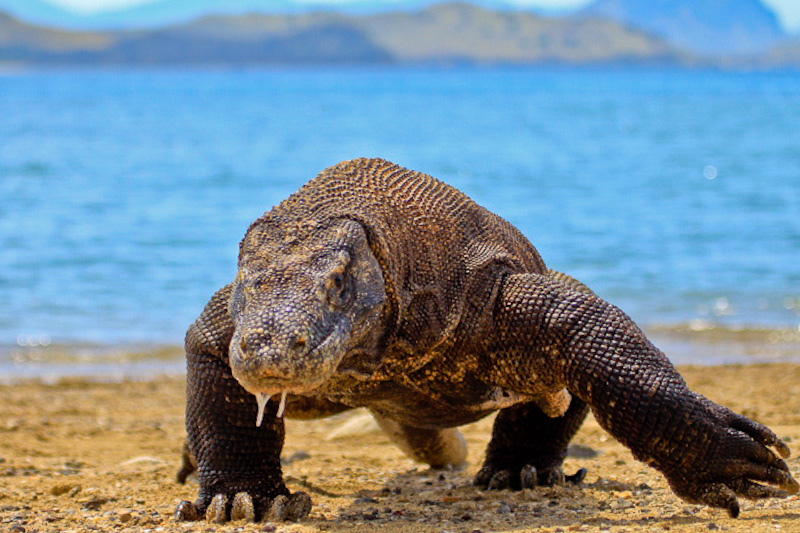


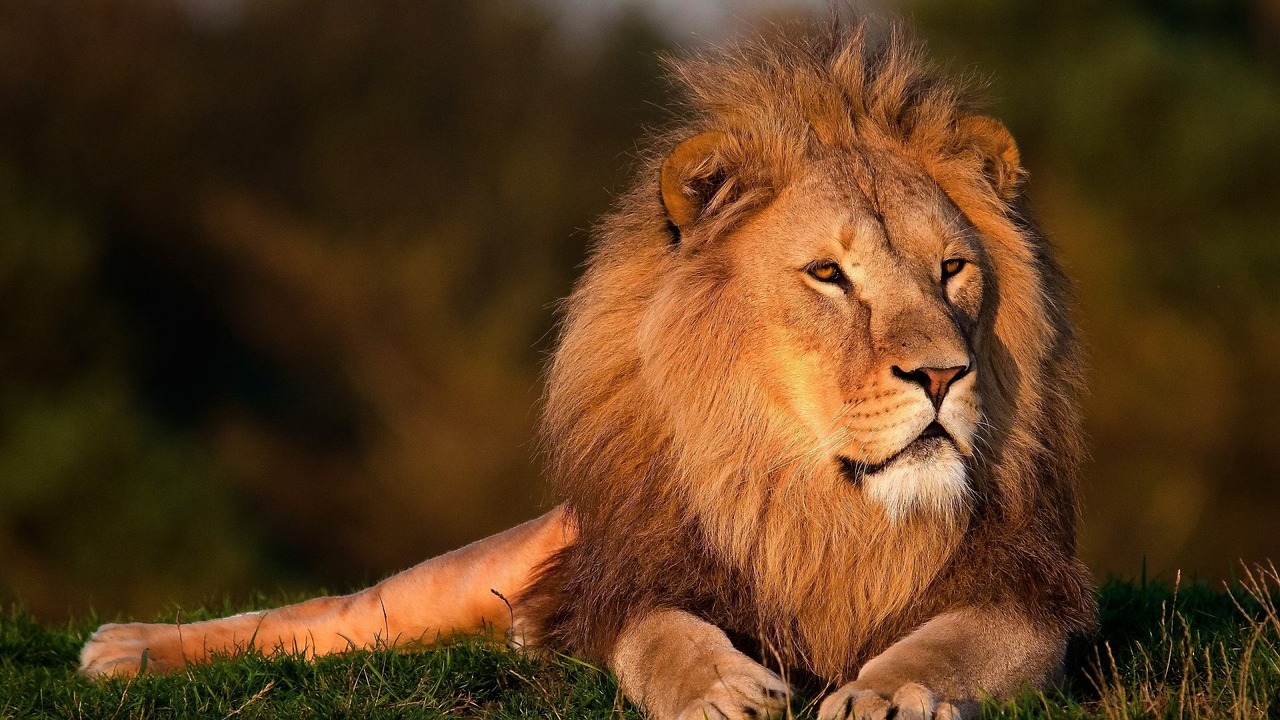
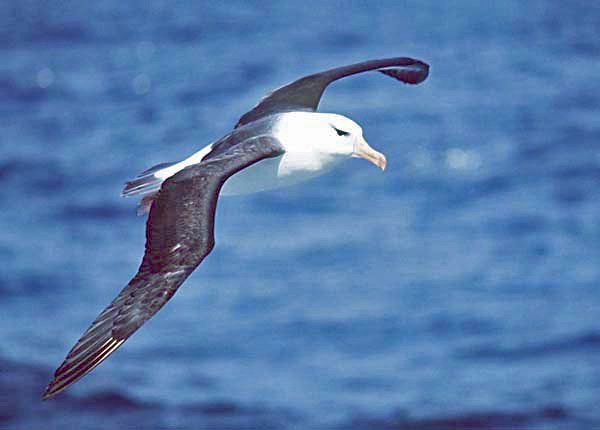
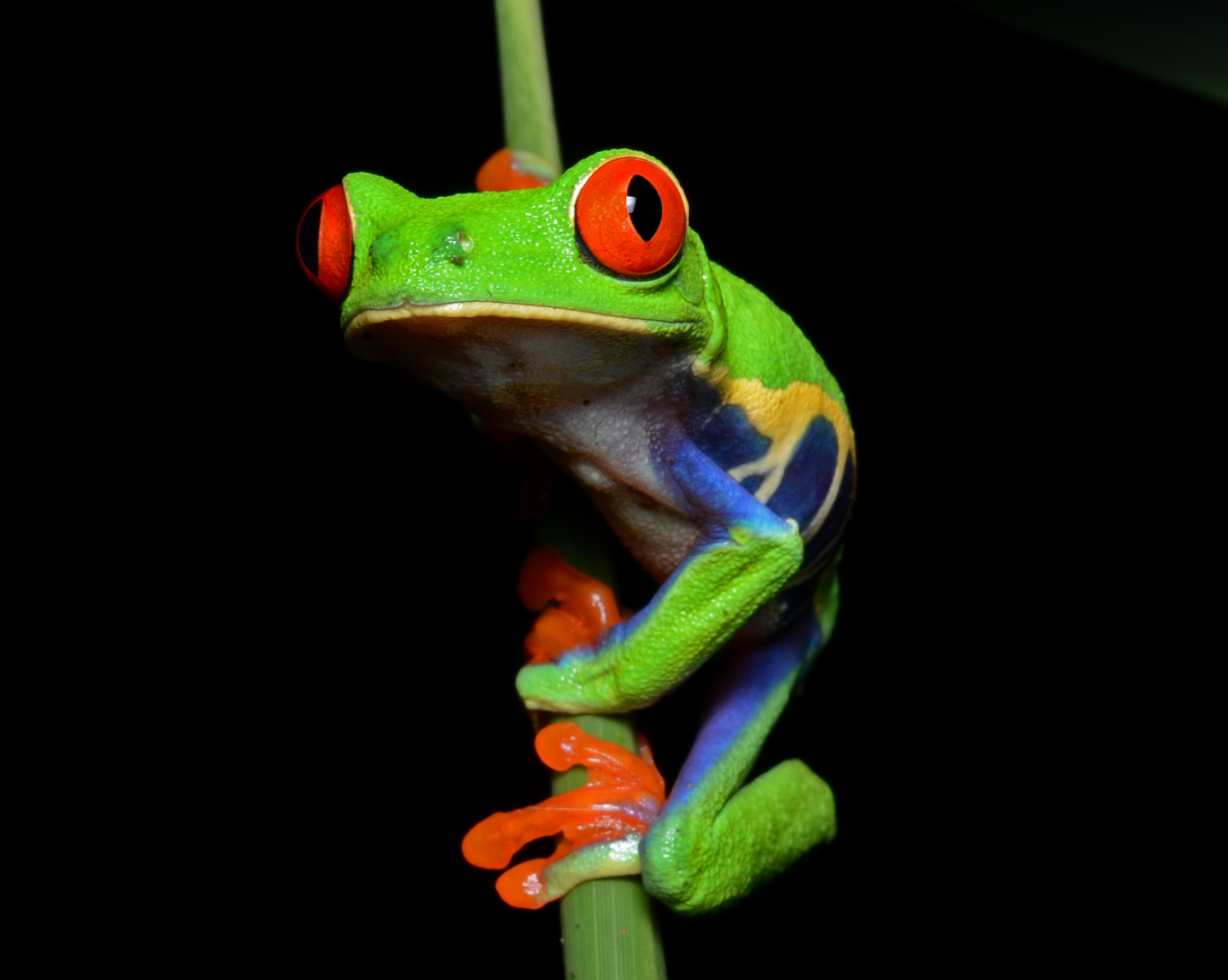
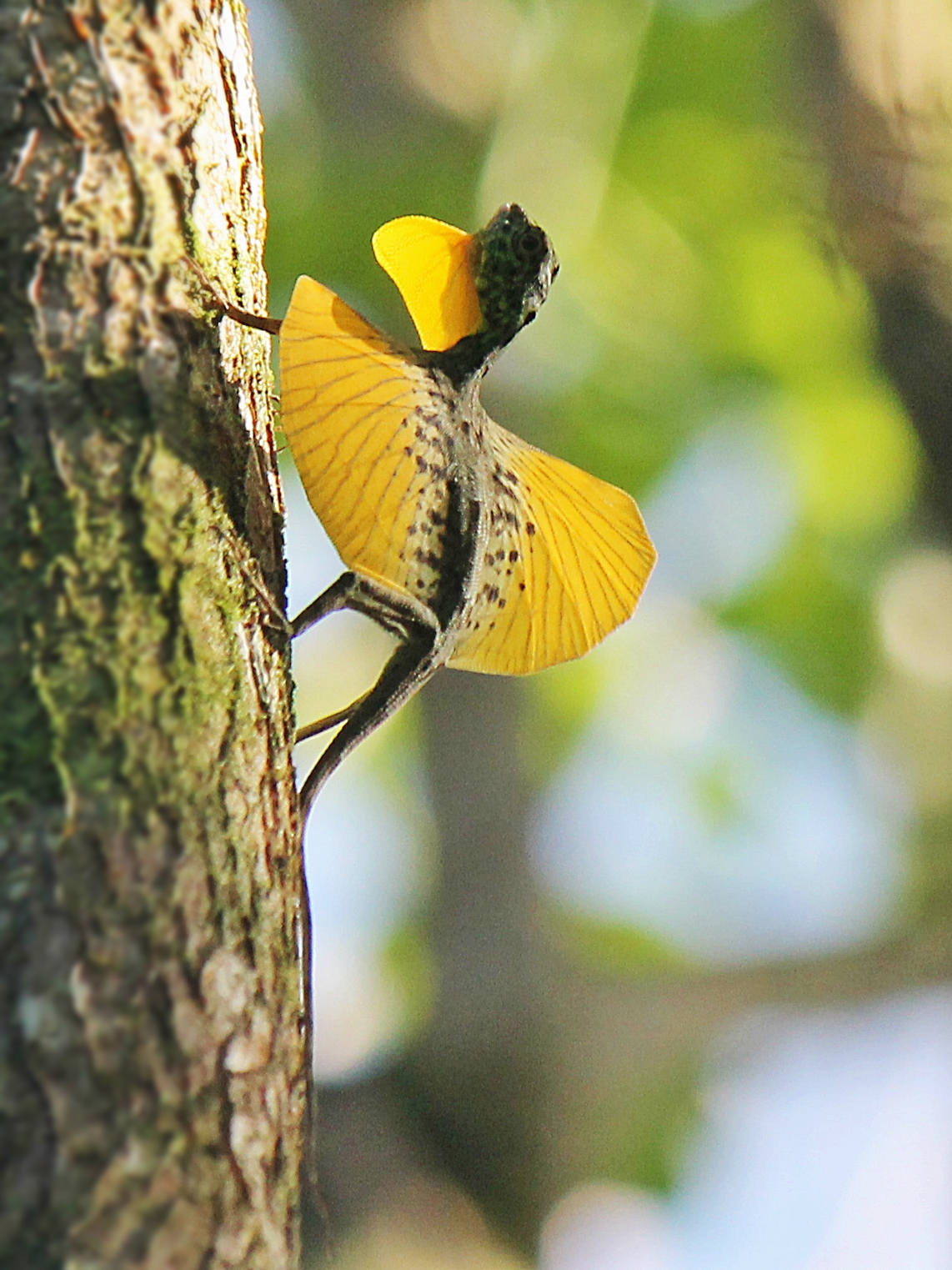
Leave a Reply
You must be logged in to post a comment.